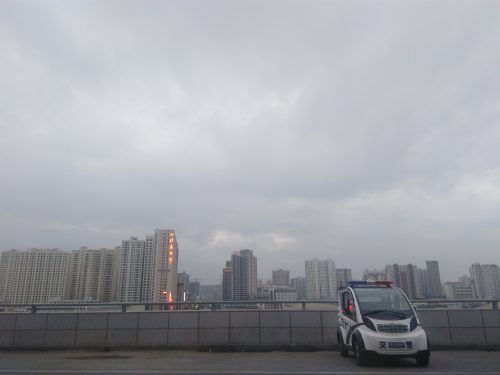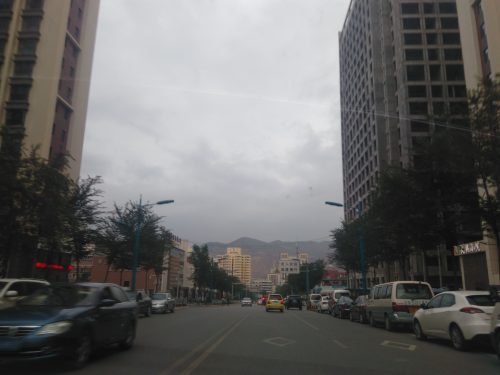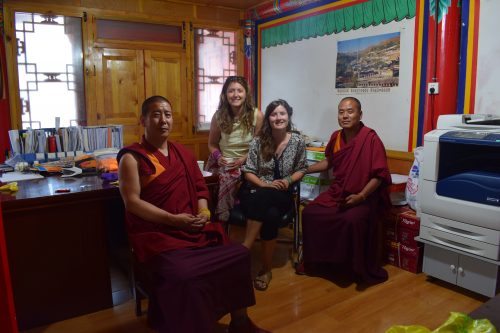Gruber and Dorville report arriving in the city of Sining, today named Xining, after two months after they had left Beijing.The distance travelled by the Jesuits and us is of about 1800 km and two months is a pretty impressing record to go all the way! We took about 10 days thanks to the Chinese railways which -now proved (!)- go faster than horses!
The city at the time, was the last outpost of the Chinese Empire.
The Jesuits describe this mystic place as: “… there is a gate trough the walls where merchants from India enter China for the first time. The city is like a very strong fortress against the Tartars. From the gate of the city one passes into the Desert“.
Xining in fact, is situated at the end of the silk road and numerous merchants from Middle East, India or Europe arrived till here to enter China. After Xining at the time new kingdoms such as the Tibetan one or nomadic tribes, generally named Tartars, occupied the contiguous land.
Today the charme of a outpost city on the silk road has disappeared and Xining is just like any other expanding Chinese city.


The territory around Xining used to be part of the Kingdom of Tibet at the time the Jesuits passed there. In fact 25km from Xining there is the village where the current Dalai Lama was born. Today, this territory, is now one part of the Chinese region of Quinghai. However Tibetan culture and life survives in the monastries.
